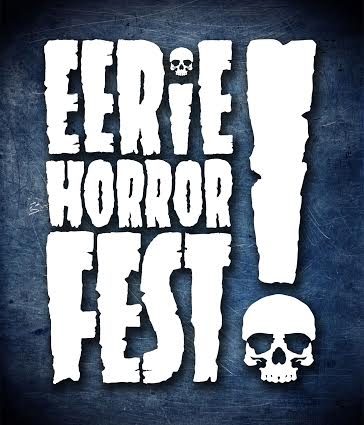FEATURED
Here are some of the most intriguing Yahtzee board game variants. Check them out!
February 3, 2023
Do you have a passion for Yahtzee? If you’re a hardcore fan, you probably never get sick of playing this wildly entertaining diversion. After all, very few gaming experiences can rival the thrill of rolling a Yahtzee (by the way, if you need a refresher on how to play, read the rules on La Salle University website or check them out on Hasbro’s site).
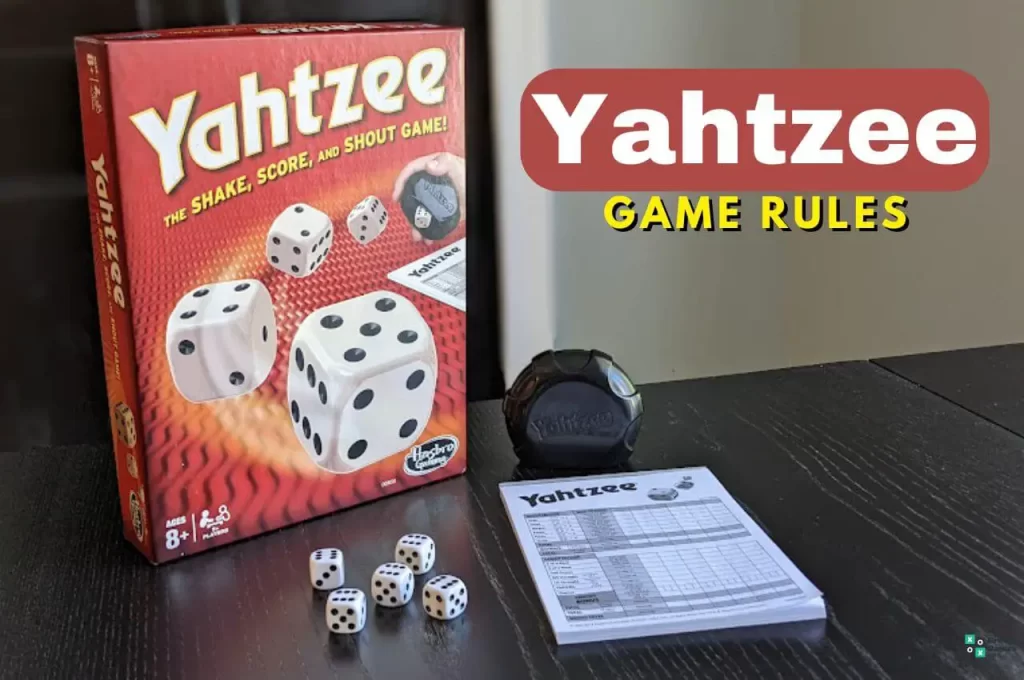
I love when this happens because it gives me an excuse to suddenly jump up and maniacally scream that I just got the most coveted scoring combo in the entire game. This is not only fun to do but also remarkably cathartic. If you don’t believe me, give it a try by playing free Yahtzee online with up to 5 friends.
If you have as much zeal for the game as I do, you might be looking for new and exciting variations to try. If so, you’ve come to the right place!
A Brief History of the Game
You can trace Yahtzee’s origins all the way back to traditional dice games such as the German game Kniffel and the English games of Poker Dice and Cheerio.
However, the most immediate predecessor to Yahtzee is Yacht, invented around 1938 by an anonymous Canadian couple. They called it Yacht because they played it on their larger-than-average boat.
So many friends enjoyed the game that the couple asked toy entrepreneur E.S. Lowe if he could manufacture game sets they could give to their buddies.
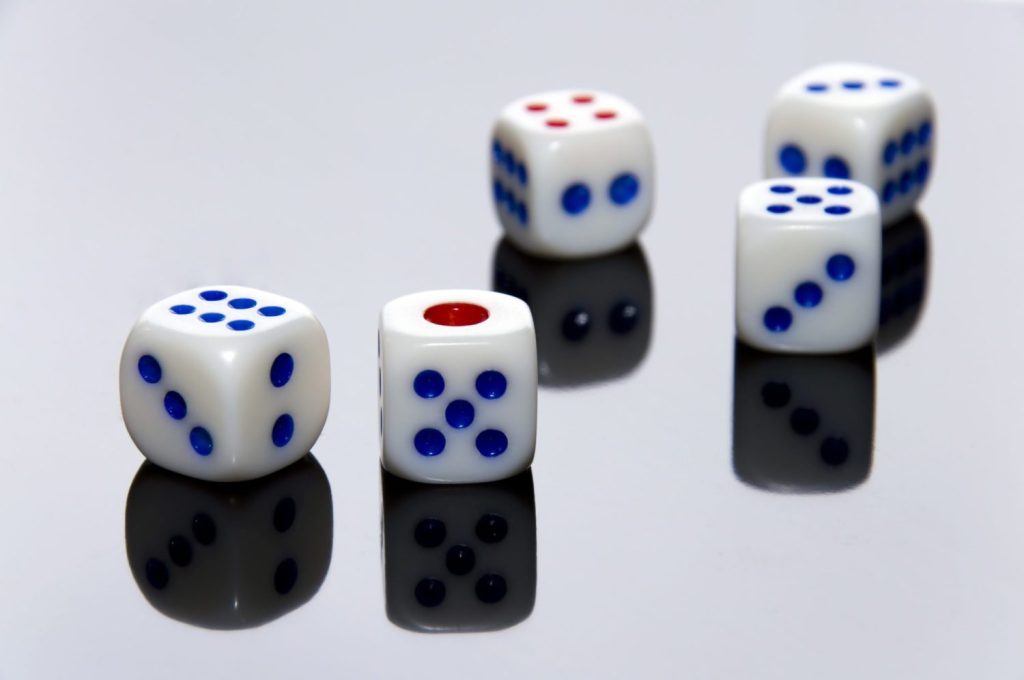
Lowe immediately grasped the commercial possibilities of such a simple yet entertaining concept. That’s why he asked if he could acquire the rights to Yahtzee in exchange for 1,000 gift sets. Lowe was over the moon when the duo said “yes.”
He debuted Yahtzee as an official part of his product line on April 3, 1956. A few weeks later, Lowe filed a trademark with the U.S. Patent Office.
Initially, the game didn’t do well because the company’s marketing department found it impossible to convey its appeal in an advertisement. To solve this dilemma, Lowe came up with the idea of organizing Yahtzee parties to boost the game’s organic reach.
When Lowe oversaw the company, over 40 million Yahtzee games were sold worldwide. In 1973, Milton Bradley (which has since been acquired by Hasbro) purchased the company and took over the manufacturing rights.
And now, it’s the best-selling dice game of all time. You can find digital versions on gaming consoles, personal computers, and smartphones.
You can even play it online! For more, check out the history of Yahtzee on Wikipedia.

Why So Many Yahtzee Variations?
There are a dizzying number of different spins on the classic game because of its incredible popularity. While many Yahtzee fans start by playing the standard version, they soon find themselves looking for new and exciting ways to enjoy their favorite pastime.
Even games can reach rockstar status. When they do, they create a rabid fan base of players looking to amp up the excitement any way they can.
One of the best ways to do this is by creating brand-new versions of the game, which is what happened with Yahtzee. Every couple of years or so, new commercially available variants appear.
Hardcore Yahtzee addicts are constantly coming up with their own ways to play. The game is endlessly customizable too. For example, you can play with your own rules or scoring systems.
The game has been converted into every conceivable format, from a board game to a mobile app to an online diversion. There’s even a Yahtzee arcade machine with certification stating that it’s approved for use in New Jersey as an amusement game.
Each new iteration brings brand-new features and modes that appeal to different game preferences and styles. If you’d like some tips and tricks to help you become a better player no matter which variant you play, check out this article.
The Rise of the Yahtzee Variants
Did you know that there’s actually an underground game scene? I didn’t either. However, according to some reports, the very first Yahtzee variants arose from it.
This is a network of gamers so obsessed with old-school games that they spend all their waking hours trying to put a brand-new spin on them. While no variant springing from the fertile minds of these passionate fans has ever become an officially licensed product, many are still popular.
When the ES Lowe company (the company that first made the game commercially available) realized that there was a huge fan base hungry for alternatives to the original game, it launched a hush-hush, highly covert R&D operation in the 60s to see what they could come up with.
That’s right—a game manufacturer operated with such a high level of secrecy it made cloak-and-dagger men jealous!
Commercially Available Variants
1. Triple Yahtzee
Triple Yahtzee was the first commercially available variant. Essentially, you’re playing three games of Yahtzee at once, which is perfect if you’re a consummate multitasker.
Add your score for each of the thirteen Yahtzee categories in columns marked “One,” “Two,” and “Three”—one column for each of the three games. You get a bonus chip for any Yahtzees you snag after the first one, and each chip is worth 100 points.
When totaling the scores for all three columns, double them in the second and triple them in the third. Then, add this amount to the total of the first column to get your grand total.
2. Challenge Yahtzee
As part of its research, new corporate overload Milton Bradley (taking over from E.S. Lowe) discovered that some Yahtzee devotees were looking for a quicker way to play their favorite game. To make them happy, the company released Challenge Yahtzee in 1974.
This variant benefited from a massive marketing blitz featuring Jack Klugman and Tony Randall, stars of the hit television show, “The Odd Couple.” It’s the only Yahtzee game to receive a celebrity endorsement.
Each player gets a score sheet and five small dice, which are never rolled–only used as markers. Instead, a set of large dice is rolled.
Choose someone to be the dice roller. A roll is replicated by each player with their own set of dice. Each player decides which dice to keep and which they want rerolled.
The player doing the rolling rolls the number of dice needed by the player with the least amount. For example, let’s say player one has three dice.
Player two has two, and player three has one. In that case, the roller rolls two dice and keeps rolling until a player has five dice in their tray. When this happens, the round ends.
After 13 rounds, the player with the highest score wins.

3. Word Yahtzee
In 1978, Yahtzee received yet another makeover. The manufacturer revamped the game to give Parker Brothers, who invented Boggle a few years earlier, a run for their money. Because Boggle successfully captured the imaginations of the game-playing public, Milton Bradley wanted to steal some of their competitor’s thunder.
To do that, they combined Yahtzee with Scribbage, a word-based dice game created by E.S. Lowe in 1959. The difference between regular Yahtzee and Word Yahtzee is that the latter uses lettered dice with subscripts indicating the score for each letter—just like in Scrabble.
As with regular Yahtzee, the scorecard has an upper and lower section. Players roll seven dice to form words.
While the first two commercially available variants didn’t veer too far from the original’s gameplay, Word Yahtzee did. However, this deviation upset the Yahtzee purists, who hated that numbers were no longer a part of the game.
4. Jackpot Yahtzee
Jackpot Yahtzee was an intriguing hybrid of the original game and Connect Four, a massively popular 70s-era game. Instead of numbers, dice are labeled with slot machine symbols, and players drop tiles into a rack.
Players roll dice to earn tiles. They receive points if they can form diagonal or horizontal rows (just like in Connect Four).
While some fans loved this reinvention of a beloved classic, it angered others. That’s because they felt that Connect Four was only combined with Yahtzee to cash in on the former’s growing popularity.
5. Casino Yahtzee
Casino Yahtzee, a game that came out in 1986, wasn’t much like a casino game at all, despite its name. It was more like Bingo, another game that sprang from the mind of E.S. Lowe.
Players roll the dice and mark the numbers that come up on a 51-space game board. Points are scored once a row, column, or diagonal is completed.
There are two different number sets on each player’s game board. Colored spaces coincide with colored dice, the numbers you’re trying to get. White spaces are for keeping track of the score. The arrows on each white space point to ones that need to be covered to earn points.
Each player rolls five dice. They can roll all five dice simultaneously, one die five times, or any combination that adds up to five.
After players roll the dice, they check their gameboard to see if the combination is claimed. If it isn’t, they place a black chip on the number.
After each player finishes a turn, it’s time for the bonus round. Players again roll five dice. If each dice has a different number, the player has successfully completed the round and writes the dice total on the scorepad.
If a player not only rolls a different number on each die but the numbers are also in sequential order, they get a rainbow bonus, which doubles the score. The game ends when all board spaces have been filled in.
6. Showdown Yahtzee
Showdown Yahtzee debuted in 1991 and combines elements of board games like Monopoly with the original game. Players move game pieces around a board in an attempt to gain control of open spaces.
When a player lands on an open space, they roll the dice to try to complete a scoring combination. If successful, they place the card for that combination on the space along with a designated number of chips.
The number of chips placed is based on the card’s value, and each chip worth ten points. If another player lands on the space, they can snatch it away by exceeding or matching what was rolled.
Yahtzees are the wild cards of the game. If you’re lucky enough to roll one, you can claim any space on the entire board. The game ends with a showdown, where players get the chance to pilfer cards from each other.
7. Yahtzee Texas Hold ‘Em
Yahtzee Texas Hold’em, released in 2005, is a blend of two different games: Yahtzee and Texas Hold’em Poker. It was created to capitalize on the Texas Hold’em craze that was happening around that time.
Yahtzee incorporates elements of Poker with scoring combinations such as full houses, straights, and three-of-a-kinds. Yahtzee Texas Hold’em introduced brand-new sequences to the game, such as two-pairs, straight flushes, and Yahtzee flushes.
Just like with Challenge Yahtzee, there’s a set of dice common to all players and a set for each player. Each player rolls two of their dice and keeps them hidden from others.
The five dice shared by all players are rolled. Players make the best five-dice combination out of the seven dice rolled. The winner is the player with the best combination.

Unofficial Game Variants
Besides the official variants, there are a ton of unofficial ones. Here are some of them:
9. Li’l Bit Extra Yahtzee
For this version, add one extra die to the mix. The rules are the same, except you leave out one die from the final score.
10. Yahtzee In-Sequence
If you’re a completist, you’ll love this version. That’s because you must finish all rows in sequential order and can only move to a new row after completing the previous one. For example, you can’t finish the “twos” until completing the “ones” first.
Here’s another way to play Yahtzee in sequence: in the standard version, you can fill in any row on the entire game sheet, whether it’s in the upper or lower section. However, in this version, you must complete the upper section before completing the lower one.
11. The Great Yahtzee Swap
In this variant, everyone gets their own set of dice. After rolling, keep them from the prying eyes of other players by hiding them under a cup. Swap two dice with the player to the left of you. Keep the dice you want and reroll the rest.
12. Deviating Dice Yahtzee
This variant requires four standard dice and one die you distinguish from the others, whether it’s a different color, size, or has special markings. If you don’t have a die laying around that meets these requirements, no worries! Put a distinguishing mark on one of the regular dice.
Roll all the dice, including the special one. While you only use this dice on your first roll, you must include it when scoring.
They say one good turn deserves another and these horror games follow their classic silver screen counterparts to become hits.
September 2, 2022
Humans have always been intrigued by death and the supernatural. That fascination is the primary reason horror movie tickets sell like hotcakes at the box office. In 2017, the genre generated $1.1 billion in revenue in the United States alone. Sure, those numbers are an anomaly, but it’s not uncommon for quality horror movies to rake in nine figures in eight weeks.
In typical entertainment industry progression, several horror films were so memorable that they spawned video games. In fact, there have been “horror-movie-to-game” adaptations since the release of the Atari 2600 in the lat 70s to early 80s! Although the early horror games accomplished little to convert the story and characters from the film to the console, they set the stage for the genuinely fantastic horror movie video games that followed.
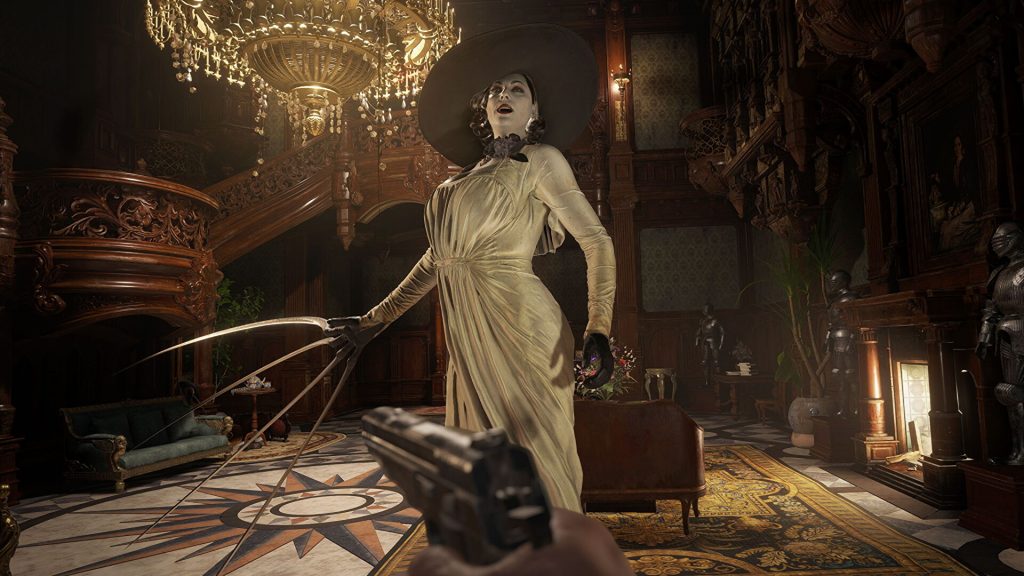
Before we get into the few exceptional horror game adaptations, let’s first look at the horror sub-genres to help you discern between various types of horror games in addition to your own perspective of the horror genre.
Horror Game Sub-Genres Explained
Horror game and movie sub-genres are similar and yet so different. For instance, horror movies may explore demonic possession and the paranormal as a huge part of the plot, while horror games generally don’t have those elements. After all, no one has ever developed a horror game with such material because it’s nearly impossible to create gameplay around it. Paranormal stuff is more effective on the silver screen but takes a back seat in video games for this reason.
So, what are the most common horror game sub-genres? Take a look:
-
Survival Horror Games
Possibly the most common horror game sub-genre, survival horror games are a dime a dozen. Interestingly enough, it lacks a specific definition. Logically speaking, any game with a plot that involves someone trying to kill you is a “survival” game. But that’s not always how individual gamers might define what a survival game is.
What’s an excellent way to categorize survival horror games, then? Perhaps a fair way to judge is how effectively it concentrates on the ‘survival’ aspect of the game.
On top of that, the goal of the perfect survival game is not to genocide your way through levels. It’s about decision-making and weighing your options. Of course, there will be boss fights along the way, but most of your time will be spent exploring and solving puzzles rather than fighting.
Some of the all-time classics in the genre are Silent Hill and Resident Evil, while some of the newer ones that should be on top of every horror gamer’s list are Darkwood, Tormented Souls, and Alan Wake.
-
Action Horror Games
Action-horror games are also one of the most popular types of horror games. While this sub-genre may have survival horror components, these games mainly focus on action elements such as fighting, set pieces, and linear stages, emphasizing less on rewarding exploration.
The gameplay of action horror games is centered on combat. As a result, action horror games lack the depth found in other types of horror video games, although they compensate with gruesome visuals.
Action-horror games are generally fast-paced, so if you’re the type of gamer that likes puzzles and slow burn, this is not the genre for you.
-
Psychological Horror Games
As the name suggests, psychological horror games primarily scare players using psychological horror components. With a few exceptions, gameplay takes a backseat to storytelling, something that some cerebral gamers want and crave.
While action horror games raise your adrenaline level because of the number of combat scenes, your main takeaways in a psychological horror game are the characters, the story, and its effect on your psyche.
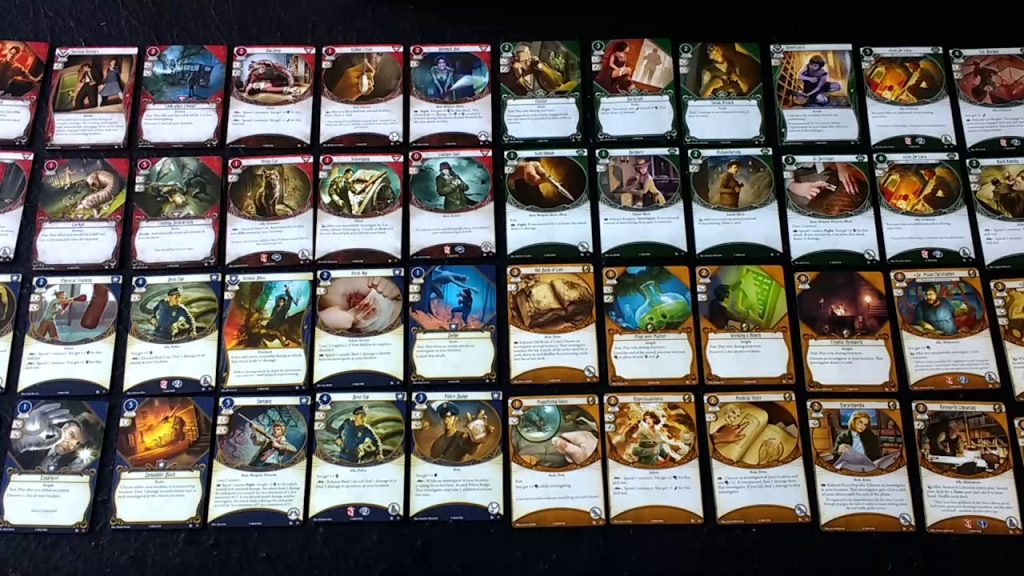
On the other hand, these games have inherent characteristics that may turn off gamers. Their pacing can be painstakingly slow, while their gaming mechanics are limited and janky. They may lack significant in-your-face horrors and less action, with more emphasis on reading, listening, and fitting things together.
-
Jump Scare Horror Games
The Jump scare horror game sub-genre is the type that gives you the most thrills at first and then fizzles out as you get used to the cheap scare tactics. There isn’t much in terms of characters, horror theme exploration, intricate gameplay mechanics, aesthetics, or the feeling of persistent fear. It’s all about getting the player to react in some way.
This sub-genre can be a fascinating tension and release cycle for some gamers. Scares come quickly and easily, with little effort required from the gamer. However, you’ll probably discover towards the end that it’s more about being startled (like a Jack-in-the-Box that pops right at you) than actual horror.
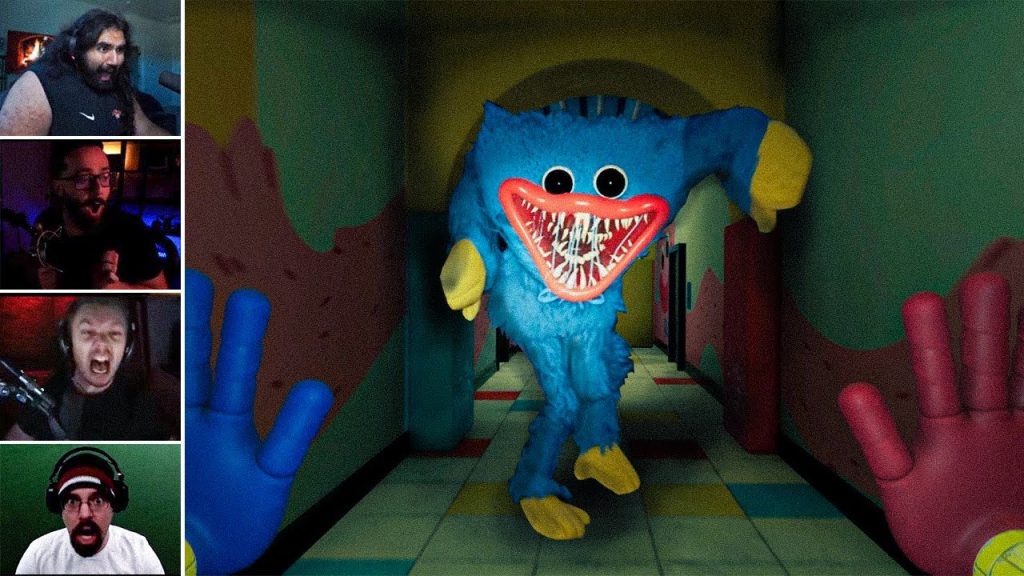
-
Stealth Horror Games
Stealth horror games are considered by some as part of the survival horror game umbrella, but there is one big difference. Survival horror games allow you to fight back; stealth horror games do not. The gameplay involves sneaking past monsters from point A to point B.
Horror card games frequently include jump scares or psychological horror components to keep the player engaged. Generally, though, this sub-genre is treading on a thin wire. On one hand, gamers may enjoy the frantic hide-and-seek gameplay; but then again, the gameplay can be highly tedious and restricting, which could leave gamers bored instead of terrified.


